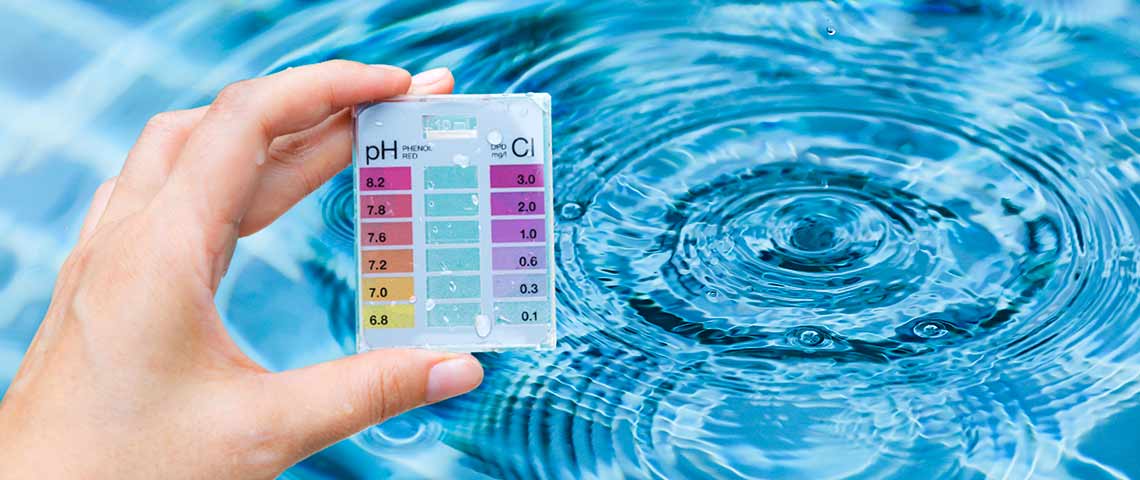Why Does Pool Chemistry Matter?
Your pool water is a delicate balance. The hot sun, frequent use, and other environmental factors can disrupt this balance. Without proper chemical management, you may face issues such as:
- Cloudy or green water: Algae thrives in an unbalanced pool!
- Irritated skin and eyes: Swimmers will be uncomfortable.
- Pool damage: Corrosion and stains can shorten its lifespan.
- More work, less fun: A balanced pool means more relaxation and less frustration.
Essential Elements for Pool Balance
Here are the main elements of your pool’s chemistry:
- pH: This measures how acidic or basic the water is. Aim for 7.2 – 7.8. If it’s too low, the water can become corrosive; if it’s too high, chlorine becomes less effective.
- Chlorine (or other sanitizer): This chemical kills germs in your pool. The ideal level is between 1 and 3 parts per million (ppm). This is known as ‘free chlorine,’ which is actively keeping your pool safe.
- Alkalinity: Think of this as pH’s protector. It keeps pH stable, aiming for 80-120 ppm.
- Calcium Hardness: This measures the calcium in your water. Too little can damage your pool’s surfaces, while too much can lead to scaling. The ideal range typically depends on your pool type but is generally 200-400 ppm.
Up Next: Test Like a Pro
Now that you know the basics, it’s time to learn how to test your pool water. In our next article, we’ll cover the tools you need and how to interpret the results. Stay tuned!
Ready to take the first step towards a sparkling pool? Contact Trevi Pools and Spas today for professional advice and a free water test!


